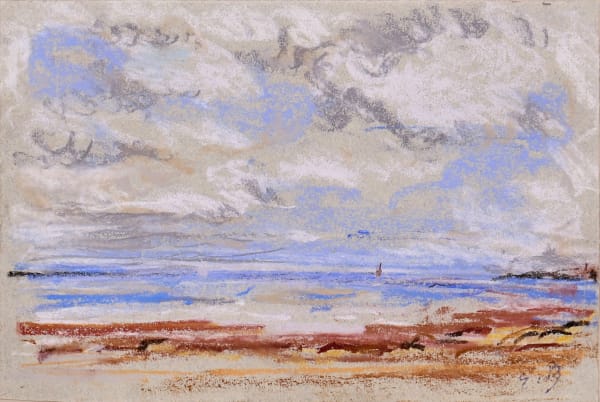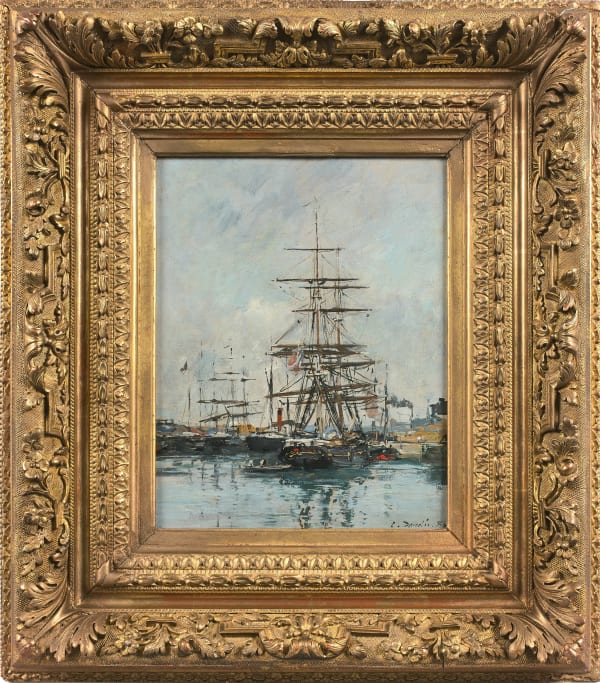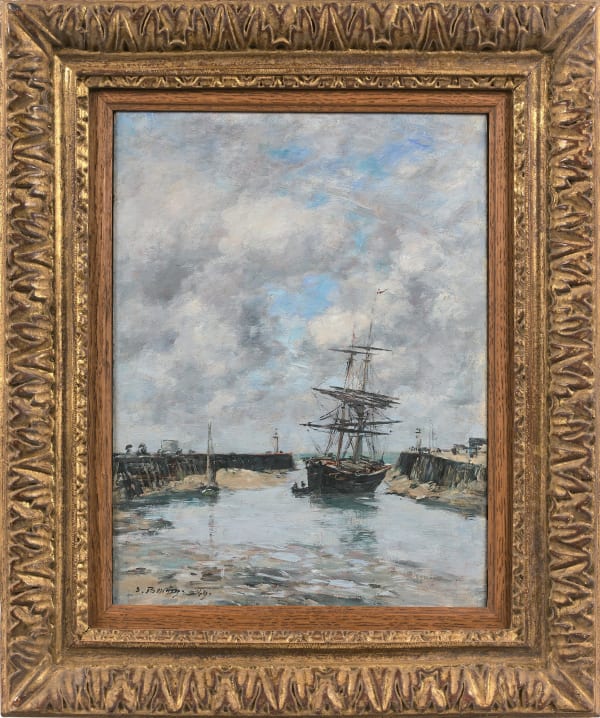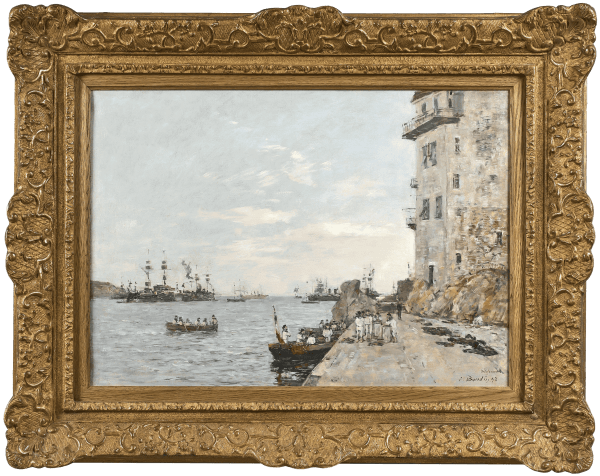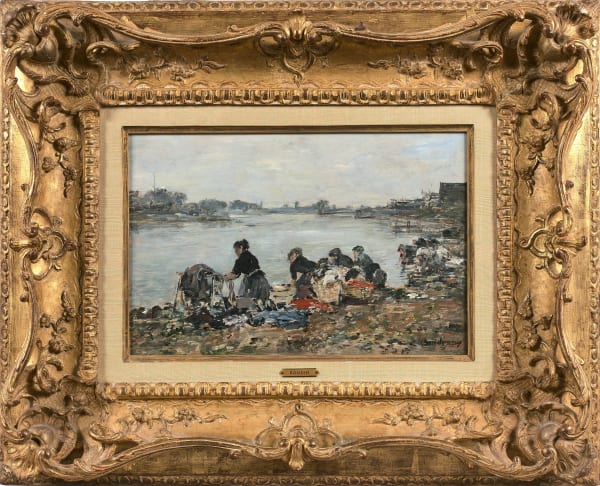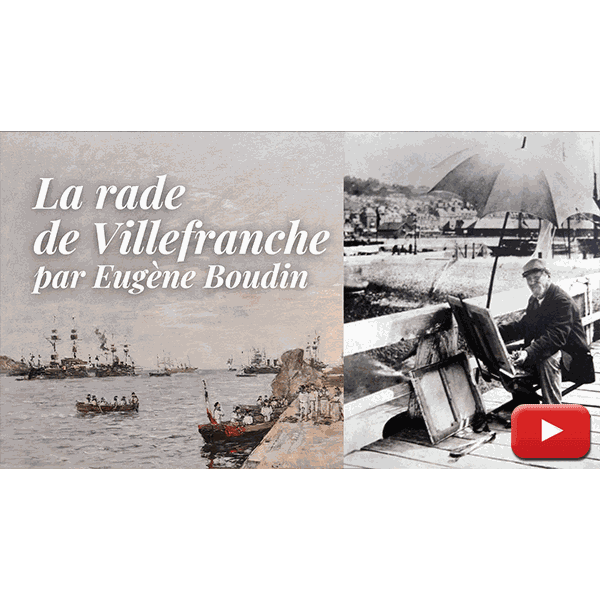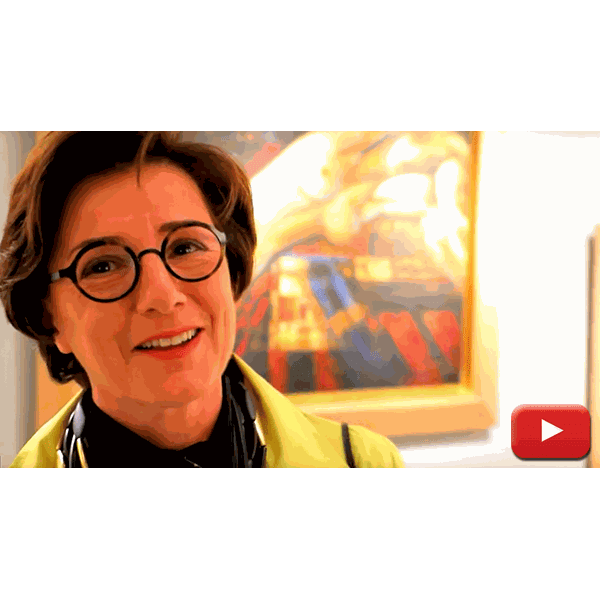Eugène BOUDIN 1824-1898
-
 Eugène BOUDINRivagePastel on paper
Eugène BOUDINRivagePastel on paper -
 Eugène BOUDINTrouville, scène de plage, 1870-1874 (circa)Oil on panel
Eugène BOUDINTrouville, scène de plage, 1870-1874 (circa)Oil on panel -
 Eugène BOUDINLe marché à Trouville, 1871Oil on panel
Eugène BOUDINLe marché à Trouville, 1871Oil on panel -
 Eugène BOUDINDeauville. Le bassin, 1885Oil on panel
Eugène BOUDINDeauville. Le bassin, 1885Oil on panel -
 Eugène BOUDINTrouville. Le port, 1885-1890 (circa)Oil on panel
Eugène BOUDINTrouville. Le port, 1885-1890 (circa)Oil on panel -
 Eugène BOUDINTrouville. Chenal marée basse, 1889Oil on panel
Eugène BOUDINTrouville. Chenal marée basse, 1889Oil on panel -
 Eugène BOUDINLa rade de Villefranche, 1892Oil on canvas
Eugène BOUDINLa rade de Villefranche, 1892Oil on canvas -
 Eugène BOUDINLaveuses sur la Touques (Washerswomen by the Touques river), 1896Oil on panelReserved
Eugène BOUDINLaveuses sur la Touques (Washerswomen by the Touques river), 1896Oil on panelReserved
Eugène Boudin, precursor of impressionism
“Three brush strokes from nature are worth more than two days at an easel”.
As the son of a sailor, his youth was spent in the mist and gusts of wind. Boudin was familiar with both financial and psychological misery until 1859, the year of his move to Honfleur. Dumas’ son bought his work. Courbet encouraged him.
“You are the only person who knows the sky.
We can imagine the season, the time of day and the wind”.
said Charles Baudelaire, about Eugène Boudin pastels
In 1860 Boudin began to paint beach scenes called crinolines, elegant relaxed-looking friezes where the refined chromatics stands out from a background of sea and sky, which was the source of his fame.
In 1880 Durand-Ruel purchased all of his work.
Boudin remained very attached to Normandy all his life. He was the painter par excellence of “wet suns”, “scrambled skies”, changing light, fugitive atmospheres, pearl grey and the lapping of ports and their large three-masted boats – infinite research themes.
Boudin is the uncontested master of marine atmospheres and meteorological wonders as Baudelaire said. His simmering touch exalted the values of sketching and suggestion, effects that the impressionists, particularly Monet who became his friend, would amplify.
“…if I became a painter, I owe it to Boudin”.
said Claude Monet
Finally, all of impressionism’s modernity is visible in Boudin’s work ten years before the movement appeared and was recognised by critics.
